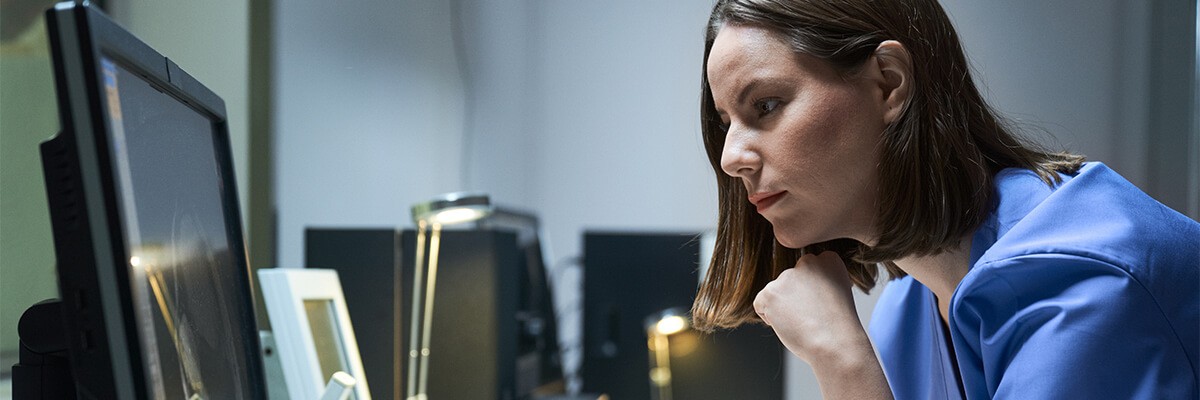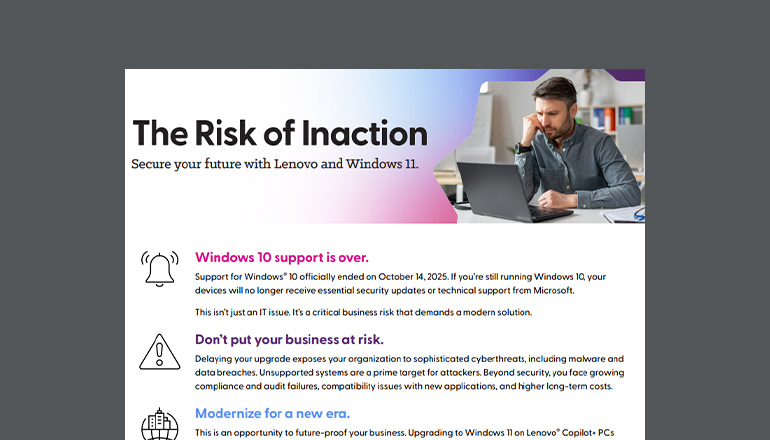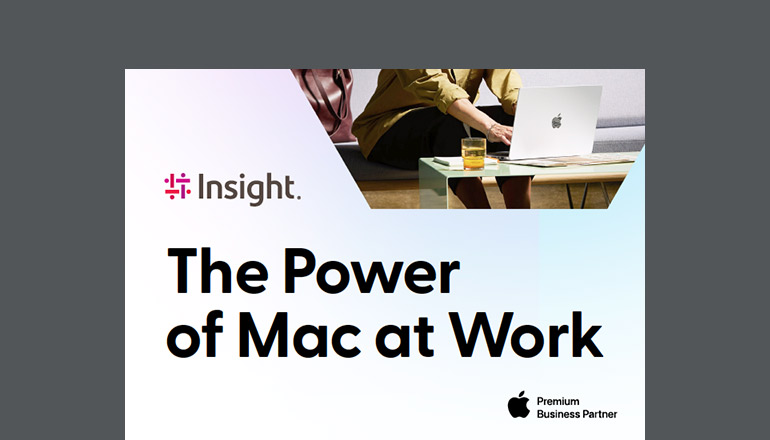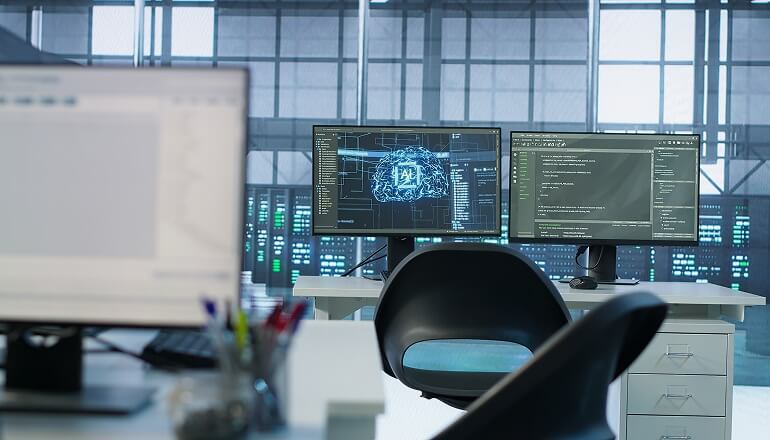Client story Deploying Telehealth-Enabled Devices for Essential Workers
A major healthcare organization was partway through a deployment with Insight when the novel coronavirus forced us to change scope. In five days, we provided telehealth-enabled desktops to 130 urgent care centers so staff could help patients stay isolated and protect others in their community.
By Insight Editor / 9 Jun 2020 / Topics: Windows 10 Modern workplace Hybrid workforce Featured

Facts at a glance
Client industry:
Healthcare
Size of company:
10,000 employees
Challenge:
The client was partway through a device deployment when shelter-in-place orders took effect in the United States. We needed to complete the project without sending any technical specialists to the client’s physical locations.
Solution:
Insight finished preparing and installing Windows 10 on the client’s remaining devices, then shipped them to the appropriate urgent care locations. We also provided the healthcare staff easy-to-follow guidelines on how to set up their new devices.
Results:
- Urgent care centers provided with telehealth-enabled devices
- Installation performed remotely with help from medical staff
- 130 locations serviced within 5 business days
Solution area:
Insight’s Supply Chain Optimization solutions simplify the process of procuring, maintaining and replacing the technology clients invest in to run their business.
Deploying Telehealth-Enabled Devices for Essential Workers
Insight was in the middle of an engagement with a major healthcare organization when the novel coronavirus hit the United States.
In 2019, the client decided it was time to upgrade their operating system to Windows® 10 and employed Insight to facilitate the project across 250 urgent care centers. The client wasn’t in need of new devices, so Insight was tasked with collecting, cleaning and testing existing hardware, then imaging and re-deploying it.
The project was scheduled to be completed by March of 2020. However, as shelter-in-place orders took effect across the country, deployment had to be paused. The client’s urgent care centers became essential testing outlets for the virus, but our technicians could no longer continue to maintain a physical presence at these locations.
What next?
The urgent care centers needed to provide medical testing while still treating patients that required triage or general assessments — without mixing the two populations. In order to do this, they needed an isolated space with a dedicated device that was also equipped with telehealth software. And they needed it fast.
The client’s urgent care centers needed Windows 10-enabled desktops that were equipped with telehealth software. And they needed them fast.
A new project focus
Insight was tasked with getting at least one telehealth-enabled, Windows 10-based desktop PC to each of the remaining sites. Within 48 hours, we sourced, imaged and shipped computers to nearly 120 urgent care centers across the country.
Remote Installation
The next challenge came once the hardware was delivered. We had to remotely install the devices with the help of the healthcare workers on staff.
To do so, our team created a field guide for the urgent care employees to reference when setting up their device. It laid out a step-by-step setup process using laymen’s terms, so that the medical staff could easily understand what needed to be done. We then piloted it with a handful of sites to gauge how well the process would work.
IT support was available for these staff members; however, due to healthcare security regulations, we weren’t able to communicate through video calls or conference applications. Instead, our IT support personnel relied on good, old-fashioned phone calls.
Thanks to the hard work of both the client’s employees and the Insight team, each location had PCs capable of doing telehealth visits within four days.
Flattening the curve
Now these urgent cares are able to see patients in need of testing in an isolated location, without having to share technology with staff tending to other visitors. Better yet, they have a dedicated space where they can conduct video calls, allowing potentially contagious people to stay isolated at home.
Once all of the client’s locations were successfully running these PCs, the more crowded sites could confidently send patients to the less populated facilities close by. This enabled even more testing to be administered and allowed at-risk patients to visit urgent care organizations in an area with a less severe outbreak.
Alongside this new scope of providing telehealth software, we concluded the deployments that had already been scheduled. All-in-all, within five business days, Insight gave 130 urgent care centers the technology they needed to provide optimal care.
Within five business days, Insight gave 130 urgent care centers the technology they needed to provide optimal care.



